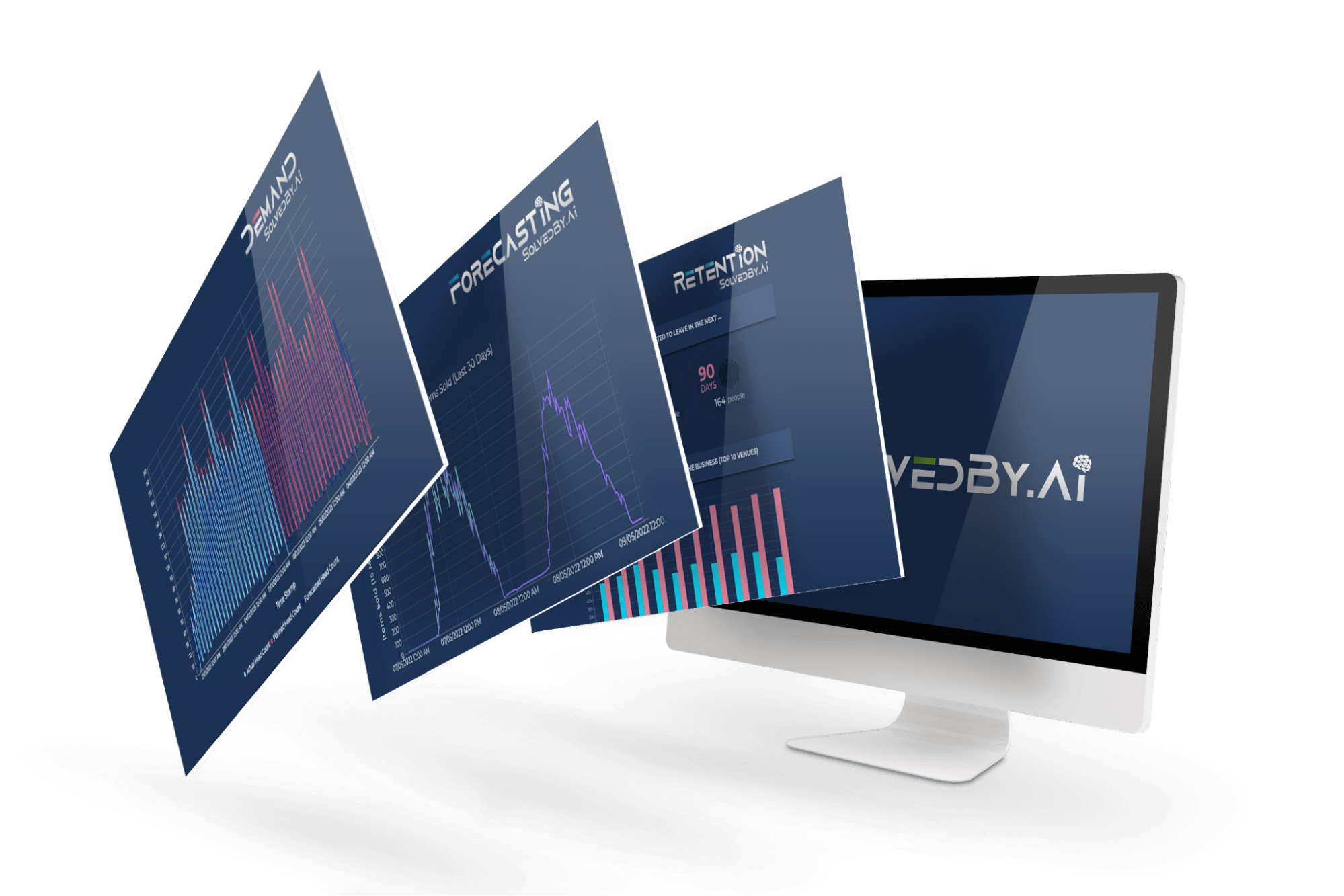In this article, we aim to answer a key question, “can AI help forecast your business staffing levels?”, what are the different methods and benefits. Labour demand forecasting involves predicting the amount of labour that your business will need at any given time in the future, so you can more accurately plan staffing levels and expenses. While there is no shortage of advanced statistical models to help with this task, there’s one other tool that should be part of your arsenal: artificial intelligence (AI). AI tools can supplement your existing model by applying true machine learning to historical data to help predict future trends more accurately than traditional forecasting methods—all without requiring manual intervention from you or your team members.
Forecasting is key to any business
Having too few employees means customers face longer waiting times, and your staff will be overworked. Overstaffing leads to low employee morale and poor performance. A good forecasting strategy is important to any business, but creating one that takes into account all of these factors is tough–especially for firms with many venues and locations.
Fortunately, AI technology can take some of these pressures off you, allowing you to make smarter hiring decisions based on historical data and future predictions about your business as a whole. In addition to saving time and money, having an AI-powered forecasting tool has helped us create more accurate forecasts than ever before—leading not only to fewer understaffed or overstaffed days, but also better customer service overall and an increase in revenue!

Traditional methods of forecasting and why they are limiting
Traditional methods of forecasting involve spreadsheets and business intelligence tools. These models don’t work well with multiple sites – if you have 100 stores spread across the country, you need over 36,000 daily forecasts per year. Human managers are not very good at making that many predictions with reverting to simple patterns or unconscious biases. This means there is a big risk of understaffing some days and overstaffing others.
The data shows that on average most companies end up 20% short-staffed in peak periods and 10% over-staffed in quiet periods. This equates to £2,500 a day in lost sales for each store! Artificial Intelligence (AI) can help: AI has been around for decades but it’s only recently become affordable enough for all businesses to use effectively. By using artificial neural networks we can create predictive models that learn from historical data and improve with time to make accurate predictions about future events based on current conditions. We trained our network by feeding it thousands of data points taken from each venue location as well as data from external sources and events relevant to each of those venues.
The real world is non-linear and non-static, so we need to use non-linear methods and adapt quickly
Traditional linear approaches to staffing forecasting are based on historical data. However, these methods are ill-suited for use in dynamic, non-linear environments. When we consider that most companies experience significant changes every month, it’s easy to see how traditional methods can lead to inaccurate forecasts and make it difficult for a business to adapt quickly. The key is being able to predict what will happen next and then using that information to predict your future needs. But how do you do that? How do you accurately forecast your staff levels when you don’t know what will happen next? You can’t! But that’s where artificial intelligence comes in: By using thousands of advanced machine learning algorithms, artificial intelligence can help you make accurate predictions about what will happen next.
Artificial intelligence allows more accurate predictions on a per-site basis
Once we have a sales forecast, then another AI can predict how many staff are needed every 15 minutes to meet demand. Workforce management software needs demand prediction in 15 minute slots and those predictions need to be accurate, if they aren’t then either there is too much or too little labour on site and that leads to poor service levels and unhappy customers.
An accurate system will build a fresh AI for every store every week as no two stores or weeks are the same. The data from all of these sites is then aggregated into one central database where it can be used by managers to make staffing decisions. It also allows them to plan ahead more effectively when planning promotions and events so that they have enough staff available when things get busy. This helps with reducing costs as well as improving customer satisfaction leading to higher profits for everyone involved!

Benefits of using AI forecasting tool
Benefits include better matching of staffing to customer demand which improves customer service and revenue. By using a forecasting tool, managers can also identify peaks in demand more quickly, allowing them to adjust their workforce accordingly. The result is that staff are utilised more effectively, saving money on over-recruitment or under-recruitment. It also allows managers to be more proactive in managing business performance, for example, by identifying opportunities for cross-selling or up-selling products and services based on customer behaviour patterns. In addition, it’s possible to model seasonal trends into future forecasts so that businesses can prepare well in advance for busy periods such as Christmas or Chinese New Year when sales are likely to spike which in turn helps with employee wellness.
At SolvedBy.Ai we have created a system that can deliver all of the above benefits and ensure that your business is running smoothly and you always have the staffing level you need to ensure maximum revenue and customer satisfaction. Just book a demo with us to find out more.









